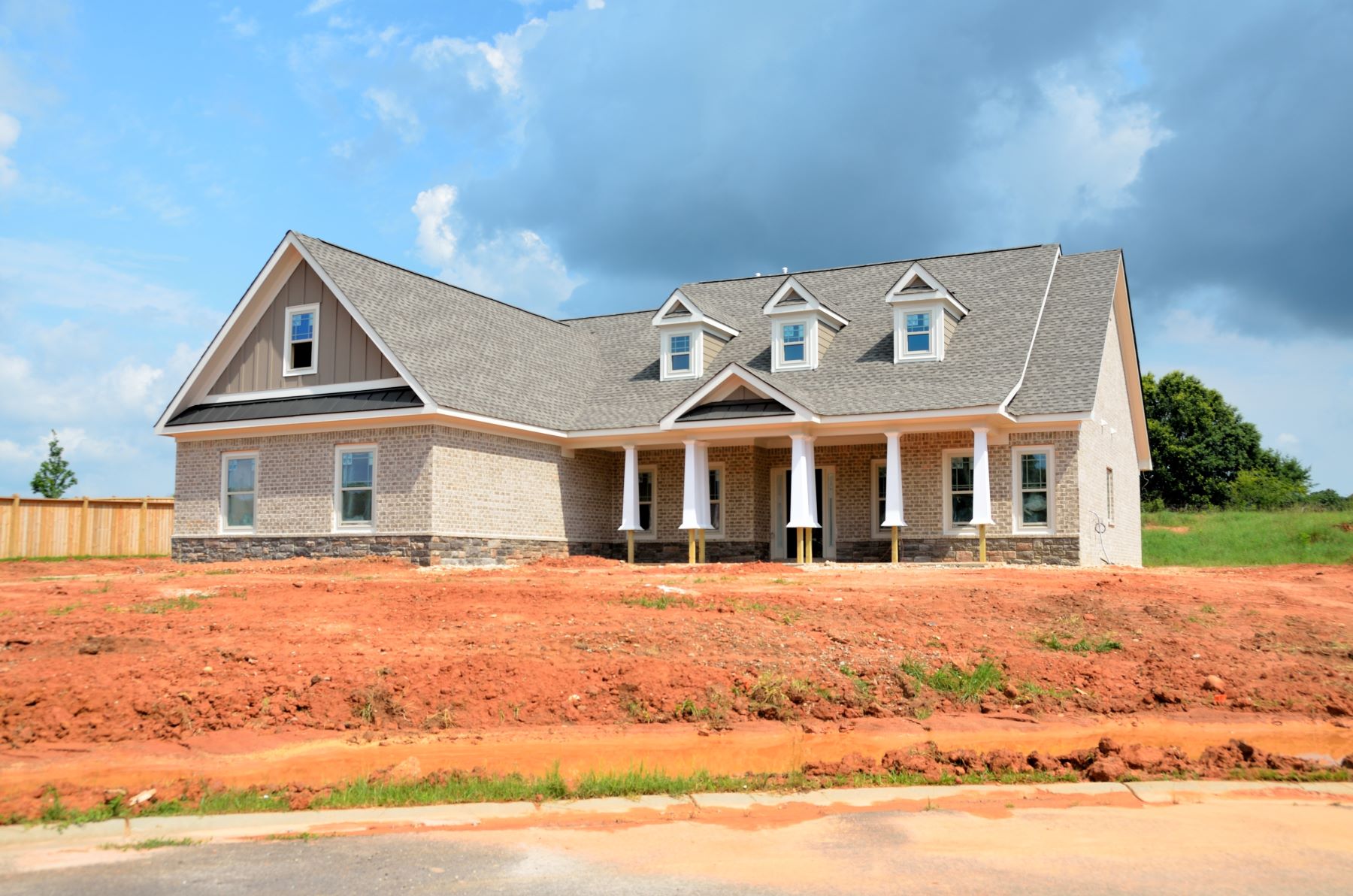
California Green Building Code (CALGreen) – Water conserving plumbing fixtures and fittings
CALGreen – To lower the amount of potable water used inside by allowing nonwater-supplied urinals as a fixture. To reduce water use and the corresponding energy consumption, a variety of technologies and strategies can be used. These include water-saving plumbing devices like waterless urinals, ultra-low-flow toilets, sinks with flow restrictions, and showerheads, as well as dishwashers and washing machines.










